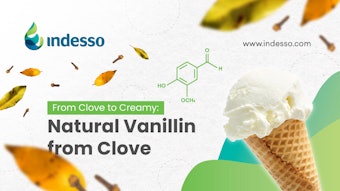Fragrance composition on and above the skin evolves continuously after topical application. Characterization of this process is valuable both for technical understanding of the perfume performance and for risk assessment of problematic ingredients. This report describes the application of a previously developed one-compartment, first-order kinetic model for disposition of fragrance ingredients on skin to analysis of recently reported headspace compositions associated with the application of five fine fragrance compositions to the human volar forearm. The model, with no adjustment and no ingredient interactions, was able to account for an average of 65 percent (range: 32-76 percent) of the variance associated with measured headspace concentrations of the various components 1 h post-application. Significant negative departures from the model predictions were observed for the top notes limonene, benzyl acetate and ethyl acetoacetate, all of which evaporated more slowly than predicted. Interactions with the fixatives are implicated. Positive deviations were observed for a number of the less volatile ingredients including galaxolide, bacdanol and polysantol. Possibilities for extending the model to include ingredient interactions by means of thermodynamic activity calculations are discussed.
Introduction The amount of fragrance raw materials exposed to skin from fragranced products usually falls within the small dose limit in which nearly first-order absorption is anticipated. On this basis, the authors have described a first-order kinetic model drawing on previous work in skin penetration and environmental engineering. The model allows calculation of absorbed and evaporated fractions of topically applied chemicals based on three key physical properties — vapor pressure, molecular weight and lipid solubility — in combination with skin temperature and wind velocity. The evaporated fraction calculated from this model satisfactorily correlated experimental data on fragrance evaporation from human skin in vivo.
However, additional tests are required to validate the first-order kinetic model and to optimize its predictive power. In the present report, the details of an analysis of skin evaporation data presented by Mookherjee and coworkers are given.4 The study involved the application of different fragrance mixtures to the forearm of human subjects. The volatiles were collected using the SPME (solid-phase microextraction) technique.5 The headspace samples were analyzed by GC/MS.










